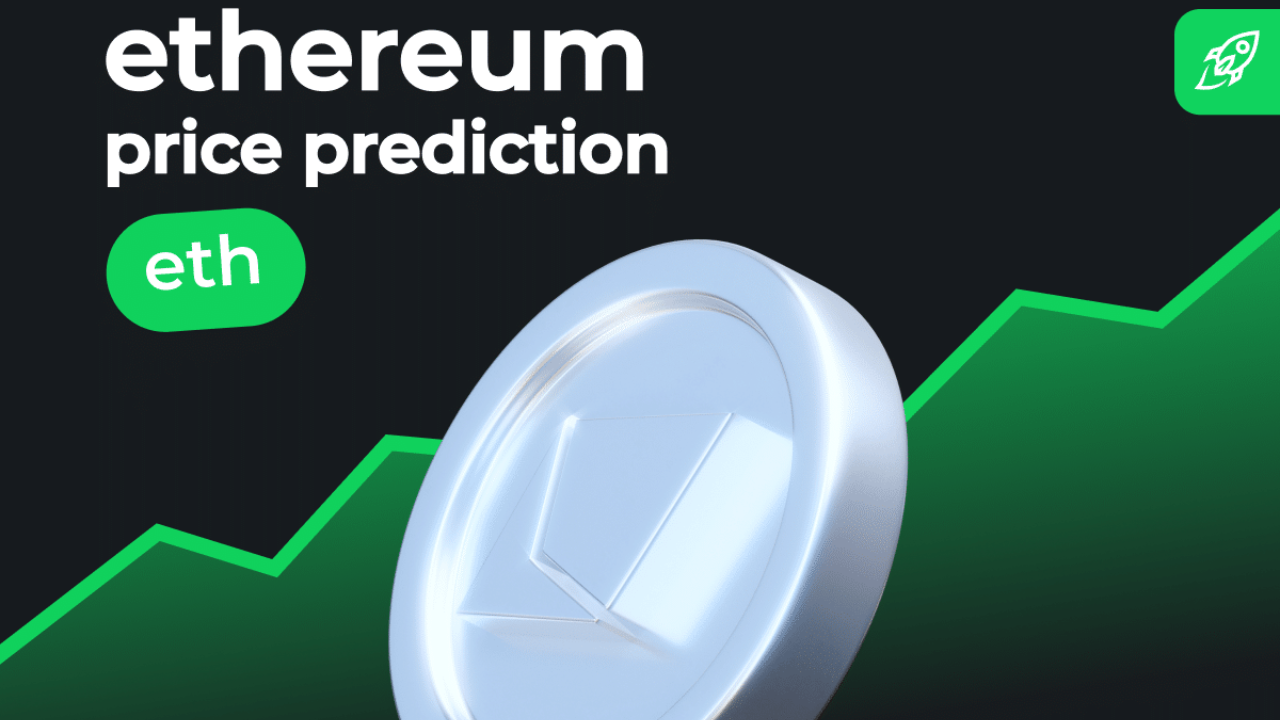Ethereum (ETH), the second-largest cryptocurrency in the world by capitalization, is not only a digital coin but the foundation of a decentralized future. With the rapid growth of blockchain usage, a lot of investors, both experienced and new ones, are focusing on long-term ethereum price prediction 2030. The most popular question is: What will Ethereum cost in 2030? As a new investor in particular, it is important to know what makes the Ethereum price go up and what the future may bring before making long-term choices.
The Present Foundation
By the middle of 2025, Ethereum will be sold at the level of 2600-2800. This price indicates a robust recovery from the past market crashes, which were caused by a number of significant events. Ethereum has since implemented a more energy-efficient and scalable model since its switch to proof-of-stake in 2022 (through The Merge). The Shapella upgrade in 2023 allowed withdrawal of staked ETH and Dencun (with proto-danksharding) in 2024, greatly lowering Layer-2 transaction costs. Ethereum In 2025, the Pectra upgrade further enabled Ethereum to unlock additional functionality, raising validator limits, optimizing gas fee efficiency, and making wallets more usable with account abstraction.
Price Forecasts Broad but Reasonable Range
The 2030 Ethereum price prediction is different, sometimes dramatically. Conservative estimates indicate that ETH might reach approximately 10,000 dollars by the end of the decade, with more optimistic projections reaching up to 25,000-50,000 dollars. A number of asset managers employ models that assess Ethereum as a money-making network, like tech stocks, and base their forecasts on transaction volume, staking yield, and adoption growth. A common method of forecasting is based on Metcalfe’s Law, which holds that the value of a network is proportional to the square of the number of users. As long as Ethereum keeps adding developers, users, and applications at a robust rate, the network value and, consequently, ETH might increase exponentially.
Investors Need to Know About the Value of ETH
To new investors, it is important to understand that Ethereum does not trade as other stocks or commodities. It is priced based on network usage, utility, and demand of the ETH token itself, which is the fuel to everything that is built on top of Ethereum. The higher the number of users that access decentralized apps (dApps), smart contracts, or tokenized assets, the more ETH is spent on gas fees. This movement generates actual economic demand, and not speculative interest. Staking is also beneficial to ETH. The supply will decrease as ETH is locked in validator nodes to maintain the network, which may increase the price in the long term. Such upgrades as EIP-1559 have added a burn mechanism that destroys some portion of transaction fees, further limiting the supply and making Ethereum even more valuable as a scarce digital asset.
Things to Watch: Some Risks and Uncertainties
New investors are advised to take note of the risks despite the promise of Ethereum. Market volatility might not be the greatest threat, but competition is. Competitors such as Solana, Avalanche, and Cardano are scrambling to create faster and cheaper alternatives. Although Ethereum continues to hold a leading position, in particular, in DeFi and NFTs, the innovation in other areas may attract attention and capital. Regulatory uncertainty is also there. Although the listing of spot ETH ETFs in large markets has been a bullish indicator, staking and some decentralized finance operations are not clear in the legal framework of some dominions. Unfriendly regulations may restrict the expansion or move of innovation to friendlier crypto areas.
Realistic Perspective: Long-term Utility, Long-term Value
The future of Ethereum in 2030 depends on the ability of the platform to retain its position as the most popular platform for developing decentralized innovation. The long-term value of ETH may be enormous if it manages to become the infrastructure layer of DeFi, gaming, tokenization, and the Web3 economy. The participation of institutions and practical application cases can eventually ground Ethereum as a viable store of value, not a speculative asset. Patience and perspective are the most important things to new investors. Ethereum is not a price chart; it is an expanding ecosystem. By investing in ETH at a 2030 time frame, one is betting on the future of Open finance, Digital ownership, and decentralized infrastructure.
Conclusion
The use, utility, and technology success will determine the Ethereum price in 2030. Although nothing can be said with certainty, the combination of staking dynamics, developer development, and institutional investment creates a compelling argument in support of Ethereum as a long-term asset. To new entrants in the crypto space, Ethereum can be exciting and confusing at the same time, yet with the right knowledge and time frame, it could be one of the most interesting investments of the digital age.

